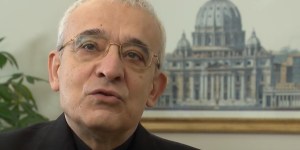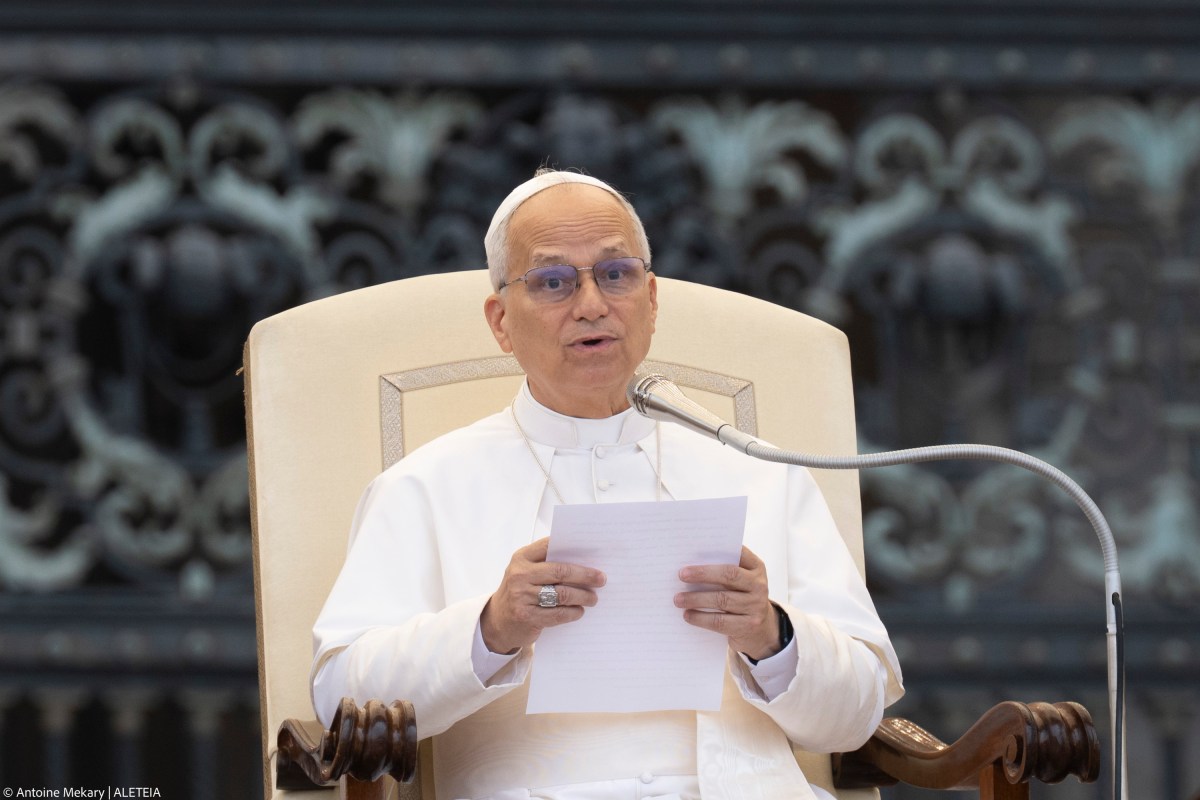Popes make their mark on history through their words and actions, but also through the great texts that structure their magisterium. For the time being, no document of this type has yet been officially announced by Pope Leo XIV. However, before his death, Francis was working on an apostolic exhortation devoted to the poor and, according to our information, his successor has taken up this work.
Leo XIV could therefore begin his pontificate in a way similar to how Francis began his in 2013: taking up and publishing a text that Benedict XVI had already put in motion.
Still, a first text, for a pope, is also an opportunity to set the course for the pontificate that is beginning.
Redemptor Hominis
It took John Paul II less than five months to publish his first text, the encyclical Redemptor Hominis, which appeared on March 4, 1979.
Anticipating a long pontificate ahead of him (he was not yet 60), the Polish pope described a Church whose vital dynamism was “much stronger than the symptoms of doubt, collapse, and crisis.”
After the intense tensions that marked the post-Vatican II period and the sudden death of John Paul I, Peter’s successor expressed his optimism and his desire to move forward “along the ways for the Church, those ways that Pope Paul VI clearly indicated in the first Encyclical of his pontificate.”
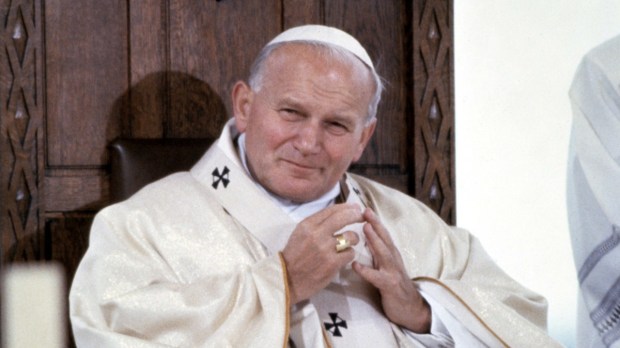
EAST NEWS
In this text, devoted to the challenges facing humanity, some of the major themes of John Paul II’s pontificate already appear: the fight against state atheism in the Eastern Bloc, the defense of religious freedom, the “missionary attitude” that would mark the future globetrotting pope, the centrality of the Eucharist, and a strong Marian piety.
Deus Caritas est
Benedict XVI’s first text, Deus Caritas est, was made public on January 25, 2006. In this dense encyclical, devoted to Christian charity, the pope elected less than a year earlier, assumed his filiation with John Paul II. He also imposed his style as a theologian, convinced of the great relevance of God’s love in a contemporary society that is often violent and sometimes indifferent to this reality.
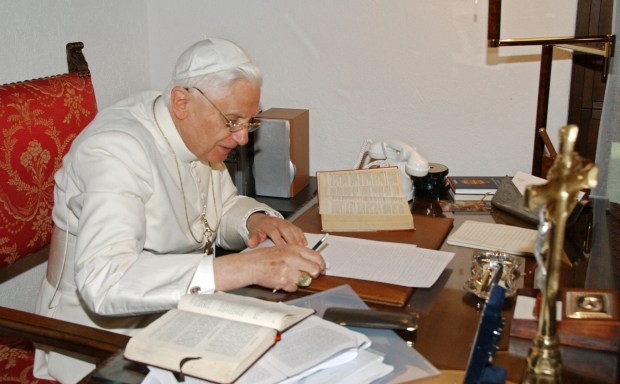
OSSERVATORE ROMANO / AFP
As an educator, Benedict XVI highlights “a problem of language”:
“Today, the term “love” has become one of the most frequently used and misused of words, a word to which we attach quite different meanings.”
He distinguishes and unites both human love (eros) and divine love (agape). He then recalls that charity is one of the three essential and inseparable tasks of the Church, along with proclaiming the Word and celebrating the sacraments. These are defining rules for ecclesial charitable action. He also reminds states of their responsibilities in this area.
Lumen Fidei and Evangelii Gaudium
With the encyclical Lumen Fidei, published on June 29, 2013, Francis concluded the great theological work of his predecessor, with an encyclical devoted to faith. He thus completed the “precious work” of Benedict XVI, who had already written texts on the other two theological virtues (Deus Caritas est and Spe salvi, 2007).
As Francis himself stated, the German pope had “practically completed” this text, which reflects on how faith can illuminate human life and engage in dialogue with philosophy and science.
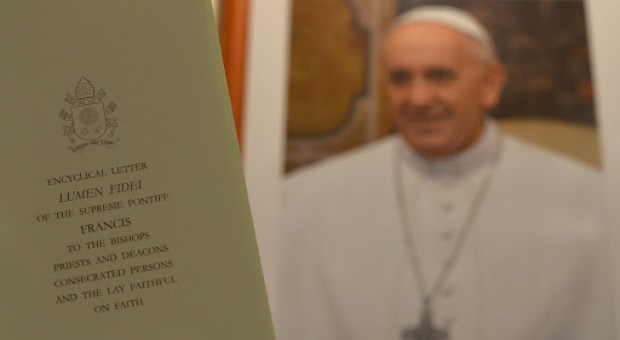
© GABRIEL BOUYS / AFP
While some of Bergoglio’s emphases appear in this first document, it wasn’t until the publication of the apostolic exhortation Evangelii Gaudium (November 24, 2013) that Francis truly set out his style. In this less academic text, he outlined the programmatic guidelines of his pontificate, guided by the need for evangelization.
He calls for a Church capable of “going out of itself,” urges a pastoral conversion of both the faithful and the clergy, and advocates for a “polyhedral” Church, that is, one nourished by diversity in order to better build itself.
Francis also emphasized the place of the poor, who are called to be actors in this evangelization. This is a theme that we will possibly find in the first major text of Leo XIV’s pontificate.

